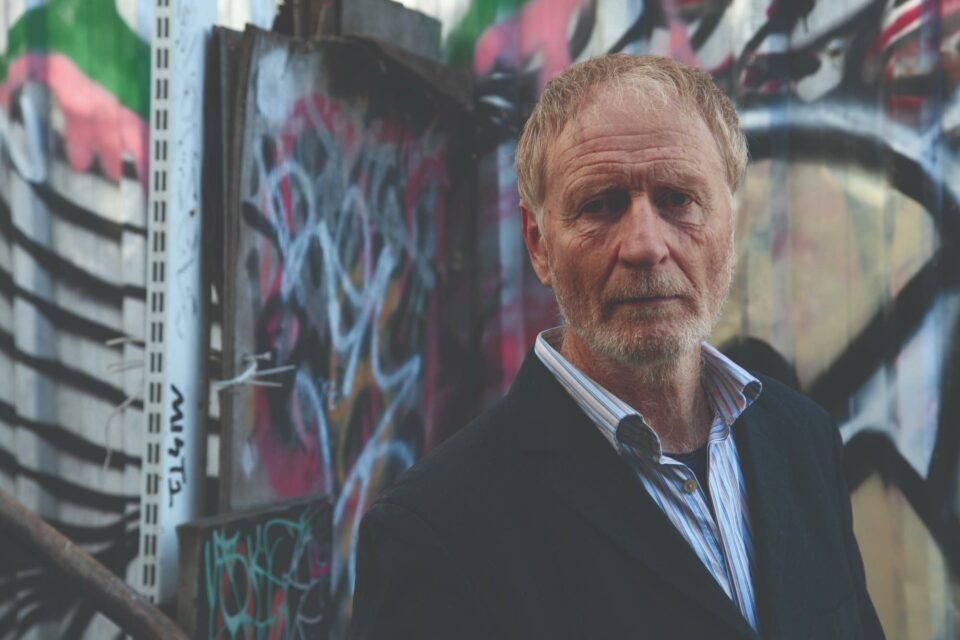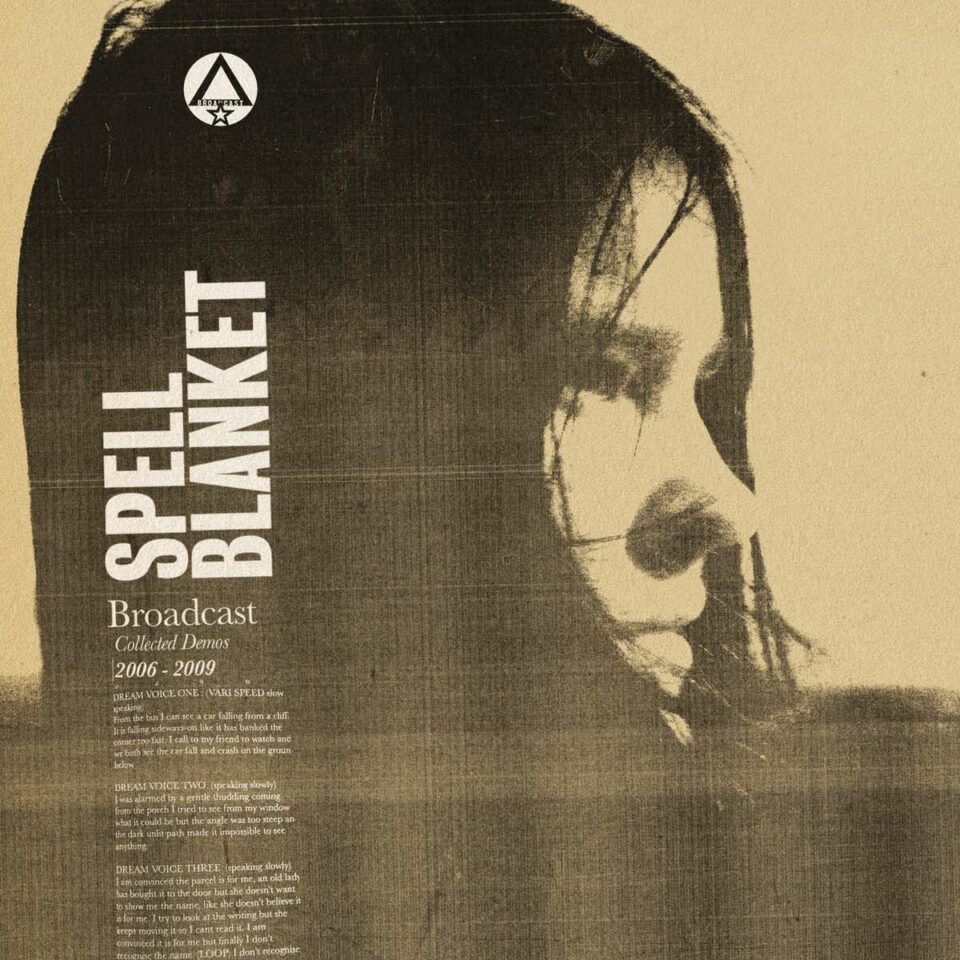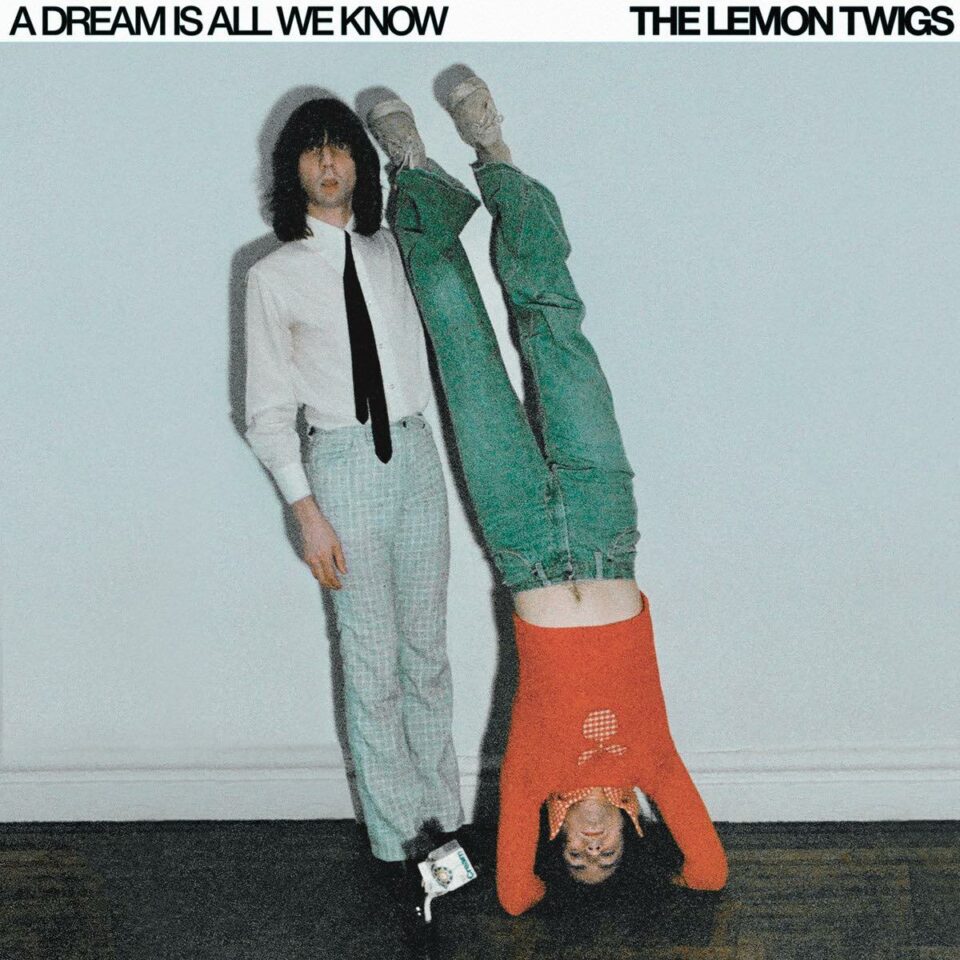“Normally I would never go anywhere near anything as personal as what I’m singing about on this record,” says Sean O’Hagan in reference to Hey Panda, the eleventh studio album from his long-running project The High Llamas. “I’d rather throw the ball as far away as possible. But I decided this time that I was going to actually sing about this sort of thing.”
By turns playful, optimistic, and deeply heavy—and occasionally all those things at once—Hey Panda is indeed the most personal record of O’Hagan’s career, one which began in 1980 with Irish pop insurgents Microdisney and has also included membership in Stereolab and collaborations with Saint Etienne, Palace, Super Furry Animals, The Coral, and King Krule, among countless others. Previous High Llamas albums, like 1994’s Gideon Gaye (which effectively kick-started the whole “chamber pop” movement of the mid-/late-’90s) or their 2003 Drag City debut Beet, Maize & Corn have been more about painting transportive musical pictures for the listener than about grappling with the challenges of existence. But unfortunate developments in recent years, including the passing of O’Hagan’s Microdisney partner Cathal Coughlan in 2022 and O’Hagan’s own brush with cancer, motivated the 64-year-old composer to examine his own life via several of Hey Panda’s songs.
Aware that this could easily be the last High Llamas record he makes—less for reasons of mortality than because he’s busy writing string arrangements for other artists—O’Hagan also decided to leap into unfamiliar territory by incorporating elements of contemporary R&B, neo-soul, and hip-hop into Hey Panda. These influences blend surprisingly well with the innate melancholy of O’Hagan’s melodies and his knack for atmospheric arrangements, resulting in entrancing songs. Hopefully, this won’t actually be the final High Llamas album; but if it is, Hey Panda would certainly make a wonderfully life-affirming note to go out on.
Speaking from his home in England, O’Hagan talks about Hey Panda’s influences, letting go of perceived musical boundaries, and why he looks to animals for comfort and inspiration.

Hey Panda feels very whimsical in its sound and approach to production, but at the same time it feels very melancholy. Do you think that’s an accurate assessment?
I’ve always had a melancholy streak in what I do. Even when I’m sort of playing with happy tunes there’s always a little bit of sadness. Lyrics aren’t the most important thing that you get from the Llamas, but lyrically, this is a quite personal record. Half of it is about dyslexia, about not being accomplished in an exam hall, being academically challenged, being slow to find my talents, and then finally starting to find them by being out in the world and doing things.
So that’s one big theme. The other theme is animals; I just love animals, really. I’m gonna get quite heavy here, if that’s all right. You guys [in America] are about to enter an election year. You’ve got Joe Biden, who from my point of view has done some pretty good things, but I think he’s making some mistakes at the moment. And then he’s going up against a psychopath. And it all makes you feel sort of helpless. We in the UK have been captured by a right-wing Tory conservative government who just makes stuff up, and basically are corrupt; the most important thing they do is divert money into their personal bank accounts. And when you’re up against that, you feel helpless.
“When I feel helpless, I like to turn to animals, because they make me happy and I feel like I can trust them. So I like to sing about animals.”
But when I feel helpless, I like to turn to animals, because they make me happy and I feel like I can trust them. So I like to sing about animals—and one of the animals I sing about on his record is the panda from China who, during lockdown, ate melons and carrots on social media and kept me entertained every day. And there’s a lovely Nubian goat that lives on a farm in Cornwall, where I am at the moment, and I swear to god you can see it doing yoga every day. And then there’s these sheep in the north of England who are basically laughing at the healthy walkers who feel so pleased with themselves for getting out of the city and into the countryside. So I’ve taken all of this and placed it in this kind of strange little attempt to reach out and touch contemporary R&B.
Contemporary R&B is something you’ve long been interested in, but never really given yourself permission to explore in your own music until now. Why did you suddenly feel compelled to wade into that territory?
Well, if you’re 64 and kind of trying to reimagine yourself, and trying to borrow the methods and the harmonic voice and the instruments and levers that are available from contemporary pop, post-Dilla through to now—if you get that wrong, it’s gonna be horrible [laughs]. Obviously, The High Llamas came very much from this hybrid of Ireland and the West Coast of America, but I’m also a huge fan of, like, Sly Stone and Bobby Womack. That music means so much to me, and contemporary R&B means so much to me. But I just felt as though I couldn’t do that; I didn’t have the language, and I felt that I’d be judged for it.
But I learned some of the language after I met Ben Garrett from a project called Fryars. He asked me to make his record with him [2021’s God Melodies], and he was basically making a pop R&B record. I learned lots in the studio from this guy, and so I came out full of confidence. Secondly, I did a [solo] record in 2019, and as soon as that came out I was diagnosed with cancer. I was operated on and in chemo for a long time, and I didn’t think I’d make music again. And now that I can make music, I just thought, “Well, I don’t care if I’m gonna be judged, I wanna make the record I’ve always wanted to make, and I’ve always wanted to make a record like this.”
Who are some of these modern influences that really inspired you on Hey Panda?
The music at the moment that I really, really love is Noname, Tyler [the Creator], Daniel Caesar, Frank Ocean—then completely unknown people like this new fella Baird, who is just unbelievable. These are all very young people with incredible musicality. People say, “Oh, punk is Year Zero,” but if you think of hip-hop as Year Zero, where there’s “before” and “after,” all these people are, of course, very much after. And the language that these people use is wonderful, and it works. So you’ll get somebody like Solange who will make a very arty record, and she’ll collaborate with somebody like John Carroll Kirby or Chassol, and it’s art-soul, it’s neo-soul, or neo-art-soul—I don’t know what you call it, but I just love it.
And then I recently went to see Eddie Chacon, who’s a few years younger than me and put out that fantastic record last year [Sundown] and is just doing it. Then you’ve got sort of left-field, slightly dancey indie guys from the UK like King Krule or Mount Kimbie, and they kind of dip in and out of the form as well. My daughter Livvy and my son Finn, who are in their twenties, they’ve kind of filled the house with this music, and it is very, very musical.
The new record hardly comes off as “Sean goes R&B,” though, or anything forced like that—it still really sounds like a High Llamas record. And it’s not like you weren’t experimenting with beats and synths 25 years ago on Cold and Bouncy.
I’m glad you think that. Yeah, the voice that I’ve always had—the Llamas’ harmonic voice—is very recognizable; it’s just that the arrangement is very different. And I usually have quiet vocals and tapping drums, but this time I really wanted to pump the drums. I loved working with synth bass, loved working with the rich harmony of a chord on a fat synth, and using the technology to slow the tape down or speed the tape up.

“I just thought, ‘Well, I don’t care if I’m gonna be judged, I wanna make the record I’ve always wanted to make, and I’ve always wanted to make a record like this.’”
And you’re right, there was a lot of beats on Cold and Bouncy. It’s funny, we went from making these West Coast experimental sort of Smile throwback records like Gideon Gaye to a record like Cold and Bouncy, which was importing first-time-around drum and bass. And then, with [1999’s] Snowbug, I skipped right over to trying to sort of understand Ethiopian and Brazilian music. And then there were things like Beet, Maize and Corn, where it just went completely mad and Ravel and Delius were the big influences on that record. But that’s how my brain was working at the time. And now here we are [laughs].
You’ve said that you might not make another High Llamas record after this one. Why is that?
Well, the one thing I do know is that there’s lots of music to be made, and I’m very, very lucky ’cause I get asked to make it with lots of different people. Artists come to me from all over the world, and I score strings for them. I love collaborating with other artists, because I feel much freer when I do it; I’m still a little bit afraid with my own music, but when it’s not your name on the cover, you’re not afraid. I’m going to Brazil in early May to make this strange record in Rio with an artist who’s pretty well known. And hopefully I’ll get asked to do another movie—I did the music for Owen Kline’s Funny Pages two years ago, and hopefully I can do something like that again.
So I think by the time I’m like 68, I’ll have done lots of string arrangements and a record or two with other artists and hopefully a movie, but I will not have had time to do a High Llamas record. Whether I’m gonna do one at 68, I have no idea. It’s just being realistic. And then, of course, we’re creative, but there’s also the world to engage with—there’s the wind and the sea and the trees, and you’ve gotta give them time, as well. You don’t always have to think about, “And now what am I doing?” FL









